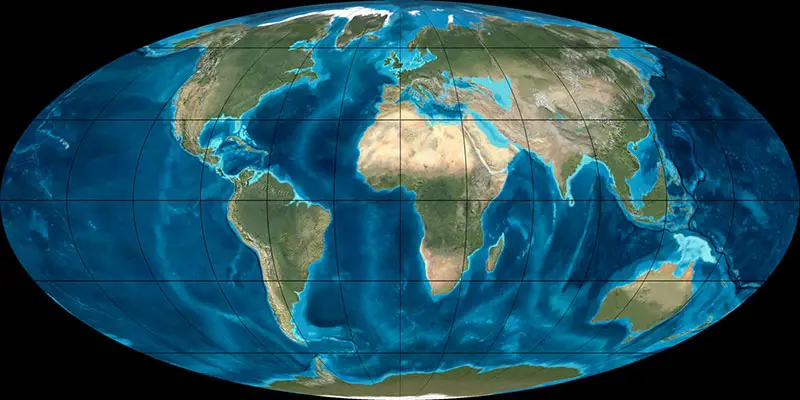†Kogolepithecus
Kogolepithecus ist eine Primatengattung, deren 2 Mitglieder ab dem frühen Neogen (Miozän) im Aquitanium lebten, das vor ungefähr 23 Millionen Jahren begann und bis vor 20,4 Millionen Jahren andauerte. Viele Überreste wurden in Uganda gefunden.
Kogolepithecus ist der Gattungsname eines ausgestorbenen Schmalnasenprimaten (Catarrhini), er im frühen Miozän in Afrika verbreitet war.
Die Art Kogolepithecus morotoensis ist der einzigste Vertreter dieser Gattung. Die Überreste dieses Primaten wurden in 22,4 bis 20,0 Millionen Jahre alten Schichten in Uganda gefunden.
Kogolepithecus morotoensis
Das Typusexemplar mit der Bezeichnung Mor II 28´03 ist ein linker Backenzahn (M2), den man in Uganda fand - Typlokalität: Moroto II (UPE collections).
| Sammlung | Kommentar zum Fundort | Epoche, Alter |
|---|---|---|
| Moroto II (UPE collections) | ||
| Kommentar z. Stratigraphie | Lithographie | Kommentar z. Taxonomie |
| Age constrained by being within Brachyodus range see comment on Moroto II concerning age assignment Moroto II and II fauna are Early Miocene–Middle Miocene in age (Pickford et al. 2003; Grossman et al. 2014; Pickford et al. 2017) | the fluvial sediments include argillites, silts, and conglomerates | List also records fossils collected from Moroto II prior to 1985; prior occurrences not recorded in the taxonomic list include: Lanistes carinatus and Hominoid |
| Physiologie | |
|---|---|
| Gewicht: | ? |
| Schwestertaxa | |
